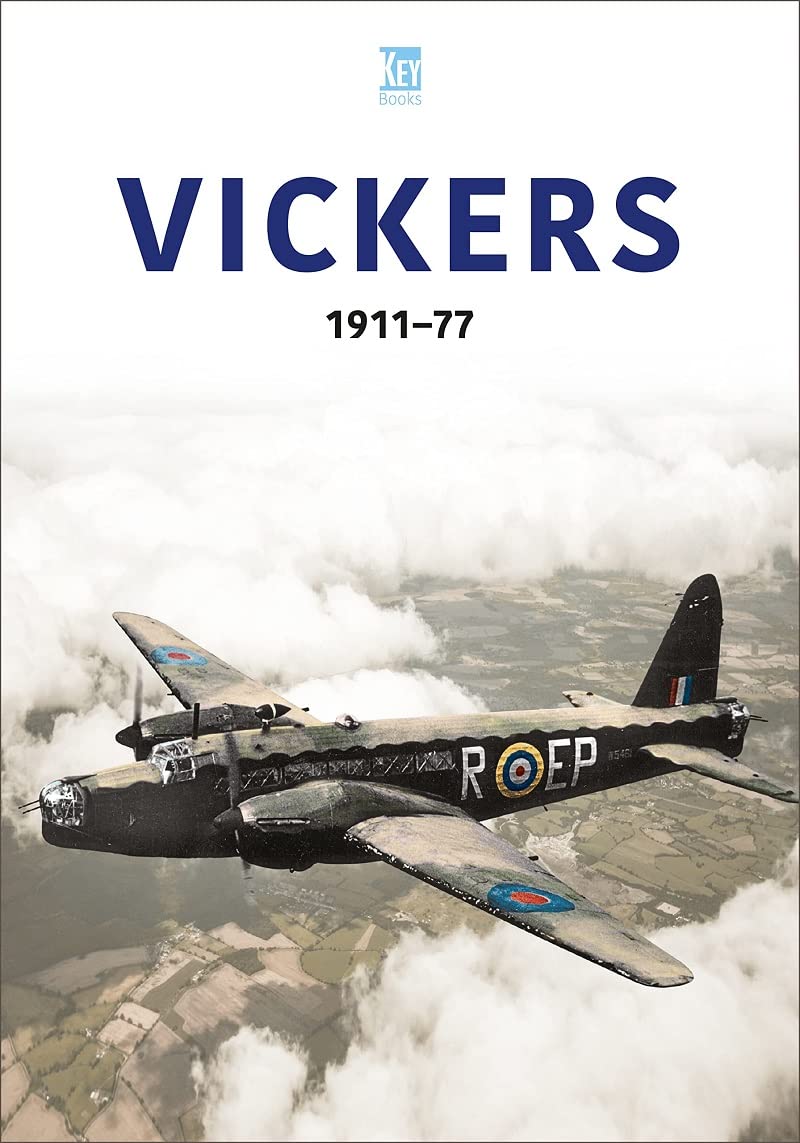Vickers 1911-77
Anyone familiar with the Vickers name knows how critical their contribution to British industry has been. Starting in 1828 as a steel producer, the company diversified into arms, ships, railroad stock and aircraft. The aviation arm of the company got its start by building rigid airships and blimps. This experience not only gave them experience in building these types of structure, it also brought them Barnes Wallis as one of their designers. At the same time, they introduced the R.E.P. Type monoplane. This single seater had a steel tube frame and was used as the base trainer for a flying school Vickers opened. During the first World War, the “Gun Bus” series of pusher powered fighters were designed and built as well as the first multiengine military aircraft in the world, the E.F.B. 7, flown in August 1915. Vickers also built several other prototype fighter designs that contributed to the evolution of the type but were not produced in numbers. As the war was winding down, the first soon to be famous Vickers design was test flown. Known as the Vimy, this twin engine bomber design in its civilian form would cross the Atlantic with Alcock and Brown at the controls. A remarkable feat in July 1919!
During the interwar years Vickers produced some interesting designs. One that caught my eye was the Jockey Mk 1. This small single engine interceptor was designed to climb rapidly and intercept fast, high flying bombers. It flew in 1933 and although it was not adopted, it does show that planners were already seeing the signs another conflict was coming. In the late 1930s Vickers and Barnes Wallis would produce one of the most important types to Britain's early efforts to defend herself. The Wellington medium bomber was novel in its geodetic structure which gave it great strength and load carrying capacity. This important aircraft would not only take offensive action to the enemy early in the war but would continue in various roles through wars end. Wallis would also design some specialized bombs deployed by Wellingtons and other RAF bombers. After WWII Vicker built mainly piston powered transport and training aircraft but the most successful design of this period was the Viscount. This four-engine turboprop was sold to 40 different operators. Over 400 were built. Vickers also joined the jet age with the Valiant and the VC-10.
As a modeling reference this book has limited application. Each Vickers type is given a brief history with production statistics and a few B&W photos. Every type designed and built at Vickers during the period covered in this book is included. If aircraft identification is of interest, you will find several subjects new to you here. If specific information on a particular type of Vicker aircraft is what you're after, there are better sources out there. If you want a concise history of the Vickers companies' contribution to British aviation, this book does that very well. I can recommend it on that basis. Thank you, Casemate, for the review sample and IPMS for sharing it with me.





Comments
Add new comment
This site is protected by reCAPTCHA and the Google Privacy Policy and Terms of Service apply.
Similar Reviews